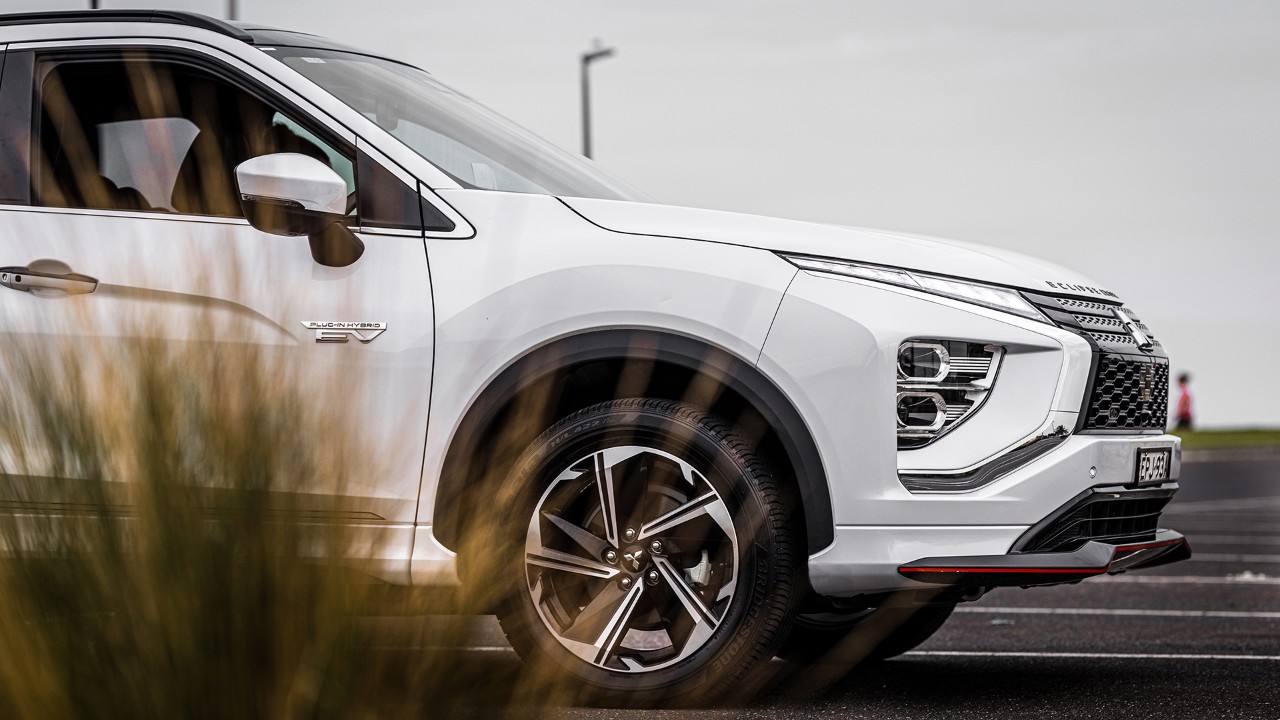If you’re looking to change your car wheels, there can be a lot to consider. You may have come across recommendations for different wheel sizes, tyre sizes, and rim sizes. Wheel sizes themselves can also be difficult to understand, with numbered codes used to differentiate one option from another.
Wheel measurement explained: how it differs from tyre size
In this article, we explain wheel measurements and how your tyre size can change your options.
What is the difference between wheel size, tyre size, and rim size?
Your wheels are made up from two parts, the tyres and the rims. Most commonly, rim size refers to the size of the metal rims onto which the tyre is mounted, while tyre size refers to the tyre width that fits around the rim. Wheel size refers to the total size of your wheel, including the rims and the tyre.
However, different manufacturers may use wheel size, tyre size, and rim size differently, which can make it hard to tell which is being referred to. For example, wheel size and rim size are sometimes used interchangeably. Before you make a purchase, it’s worth making sure you’re buying the right component in the right size.
What is the meaning behind the letters in a tyre code?
Tyre codes are found on the sidewall of your car’s tyres and provide information about your tyre size, type, load and speed rating and more. We’ll break this down using the example tyre code 195 65r15.
- 195 is the width of the tyre, in millimetres.
- 65 is the aspect ratio - the ratio of tyre sidewall to tyre width, as a percentage.
- r indicates radial ply construction, the most common form of construction for modern tyres.
- 15 is the overall diameter of the wheel in inches, measured from the outside edges of the wheel.
- 91 is the load index, which indicates maximum load the vehicle can take per wheel. Load indexes aren’t in kg, so you’ll have to look up the corresponding load in kg for the load index on your tyre. In this example, 91 is a load of 615kg per tyre.
- H is the maximum speed at which the tyre can operate safely (in test environments). Again, this isn’t in km/h, so you will need to look up what the letter speed rating means. H corresponds to 210km/h.

Keeping wheel diameter correct when changing tyre size or rim size
We only advise fitting wheels and tyres that are outlined on the tyre placard of your vehicle. The placard stickers are often located in your car’s glove box compartment, in the driver’s door pillar or under the front bonnet. Failure to do this may mean that your speedometer stops being accurate, can cause damage to the suspension and affect the operation of vehicle safety systems.
How your wheel size can change your driving experience
- Weight and acceleration: Larger wheels are heavier, slowing your acceleration time. Smaller wheels are lighter.
- Stability and handling: Configured correctly, larger wheels can result in more grip. However, large wheels with larger diameter rims and tyres with smaller sidewalls can result in less absorption of bumps, especially if the suspension hasn’t been tuned properly.
- Price and wear: Larger wheels tend to be more expensive than smaller ones, and wear more quickly.
Keeping the correct tyre pressure, and using the right type of tyres for your vehicle is important for the best driving experience. Remember to check the manufacturer specifications and guidelines before making any modifications or changes to always keep your car safe and within legal limits. What’s more, the right tyre care and maintenance will help increase the wear life of your car tyres, ensure that you are safe whilst driving and, keep your car ready for the road.
